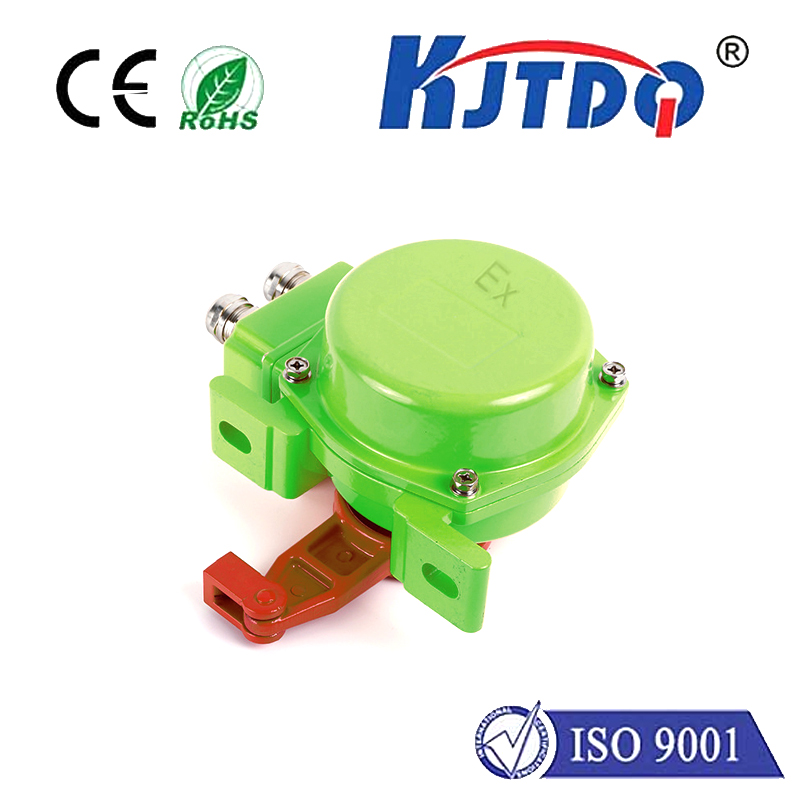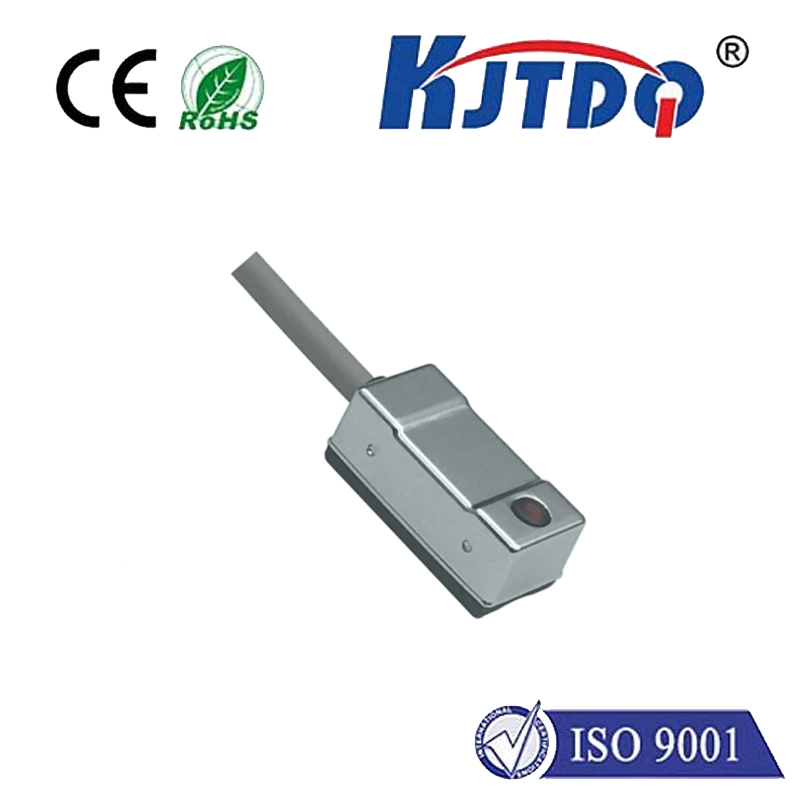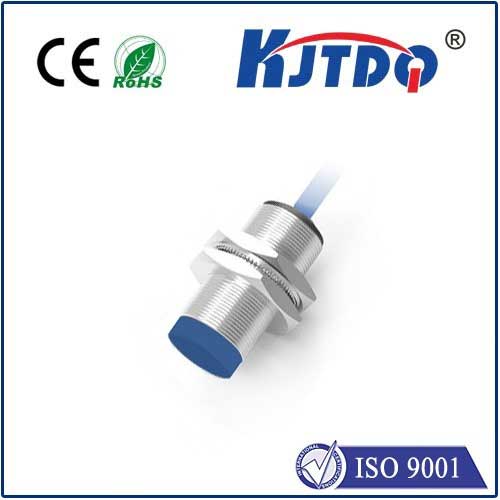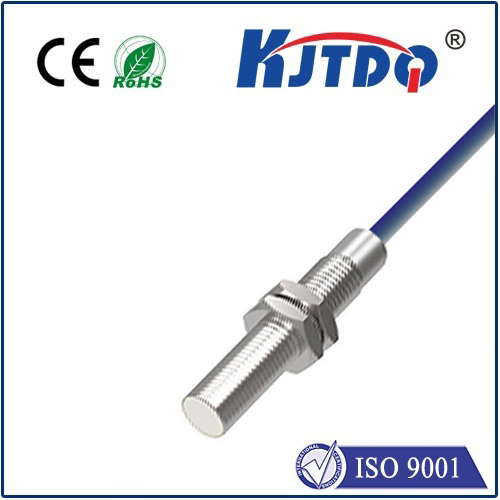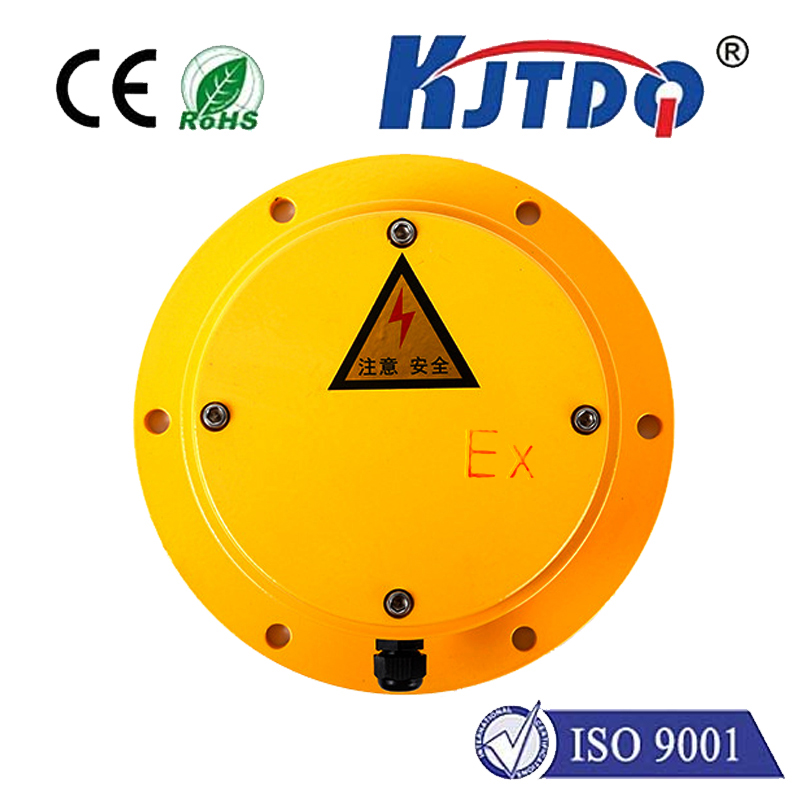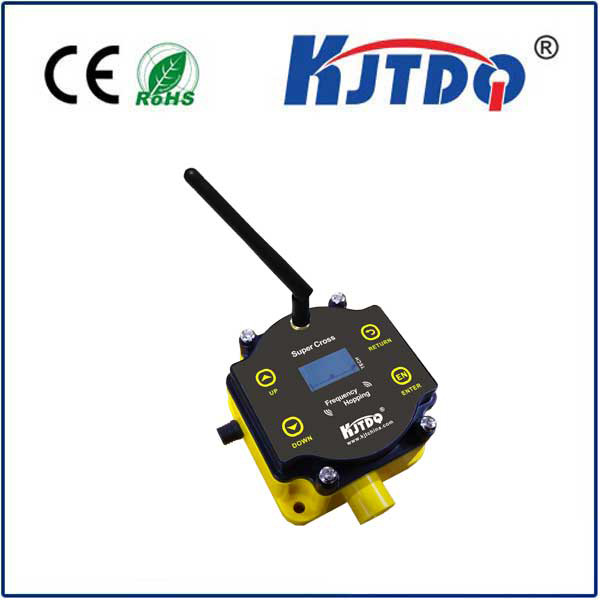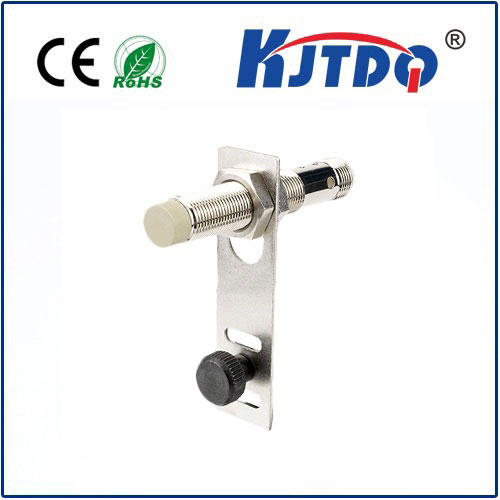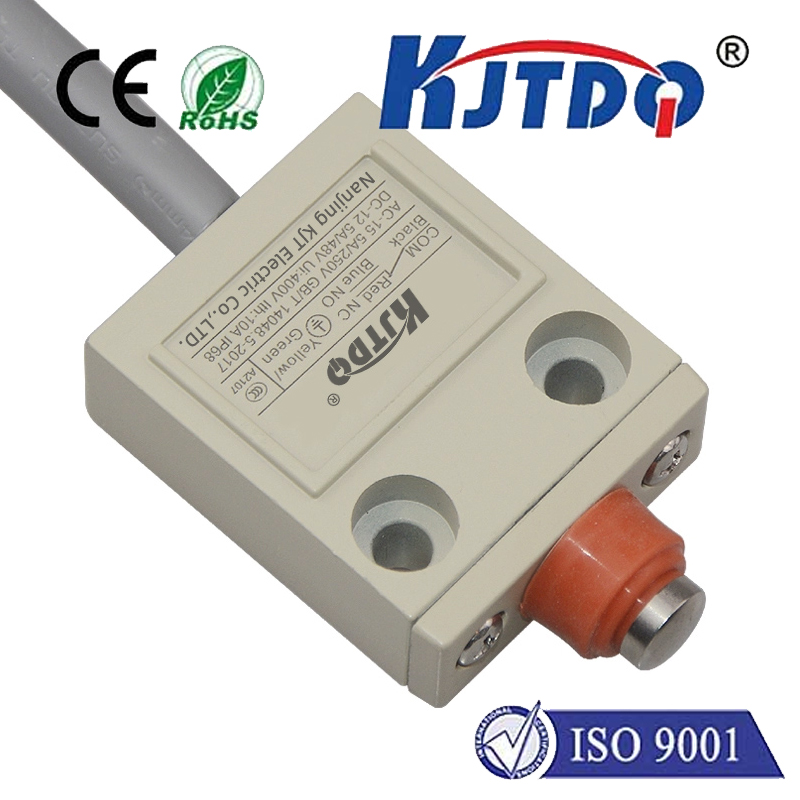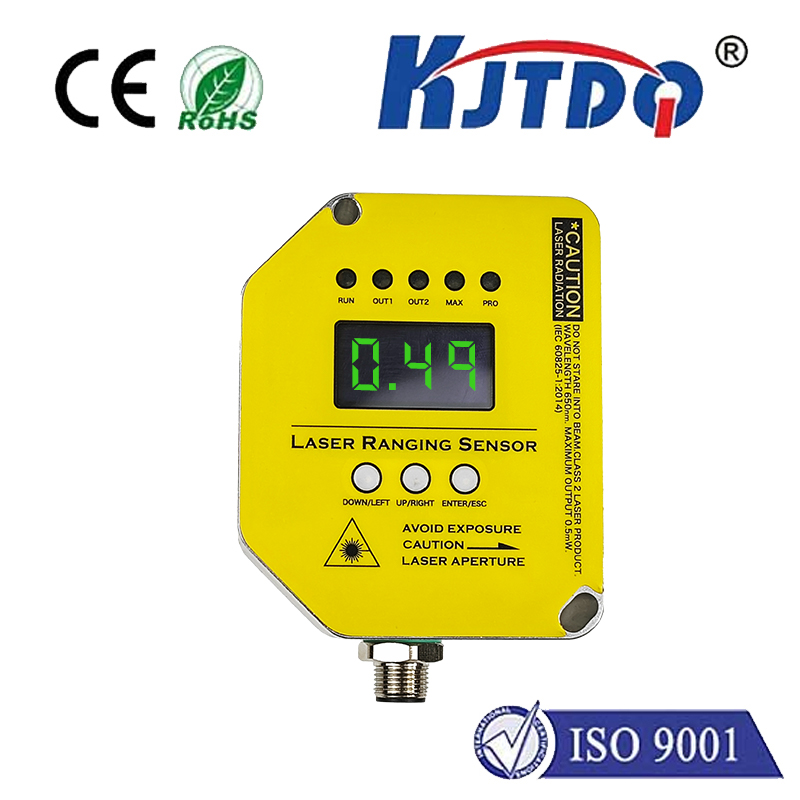
check

check

check

check
The Future of Technology: Reflective Proximity Sensors
As technology continues to advance at an unprecedented rate, the need for innovative solutions to improve our daily lives becomes increasingly important. One such solution is the reflective proximity sensor, a device that uses light or sound waves to detect the presence of objects without physical contact. In this article, we will explore the many benefits and applications of this cutting-edge technology.
Firstly, reflective proximity sensors are incredibly versatile and can be used in a wide range of industries. From automotive manufacturing to healthcare, these sensors have the potential to revolutionize the way we interact with machines and devices. They can be used to monitor inventory levels in warehouses, control traffic flow in cities, and even assist doctors during surgeries by providing real-time feedback on a patient's condition.

Secondly, reflective proximity sensors offer unparalleled accuracy and reliability. Unlike traditional sensors that rely on physical contact, these devices use non-contact methods to detect objects, making them less prone to wear and tear over time. This means that they can provide accurate readings for much longer periods than their counterparts, reducing maintenance costs and improving overall efficiency.
Additionally, reflective proximity sensors are incredibly easy to install and use. They require minimal setup and can be integrated into existing systems with ease. This makes them an ideal choice for businesses looking to upgrade their equipment without incurring significant downtime or expenses.
Furthermore, reflective proximity sensors are highly adaptable and can be customized to meet specific needs. Their sensitivity can be adjusted based on the size and shape of the object being detected, allowing for precise measurements and control. This flexibility makes them suitable for a variety of applications, from small-scale projects to large-scale industrial operations.
Finally, reflective proximity sensors are environmentally friendly and energy-efficient. They consume very little power compared to other types of sensors, making them more sustainable and cost-effective in the long run. Additionally, since they do not require any physical contact with objects, they reduce the risk of contamination or damage caused by human error.
In conclusion, reflective proximity sensors represent a major breakthrough in technological innovation. With their versatility, accuracy, ease of use, customization options, and environmental benefits, they have the potential to transform countless industries and improve our lives in ways we never thought possible. As we continue to push the boundaries of what is possible with technology, it is clear that reflective proximity sensors will play a vital role in shaping our future.
